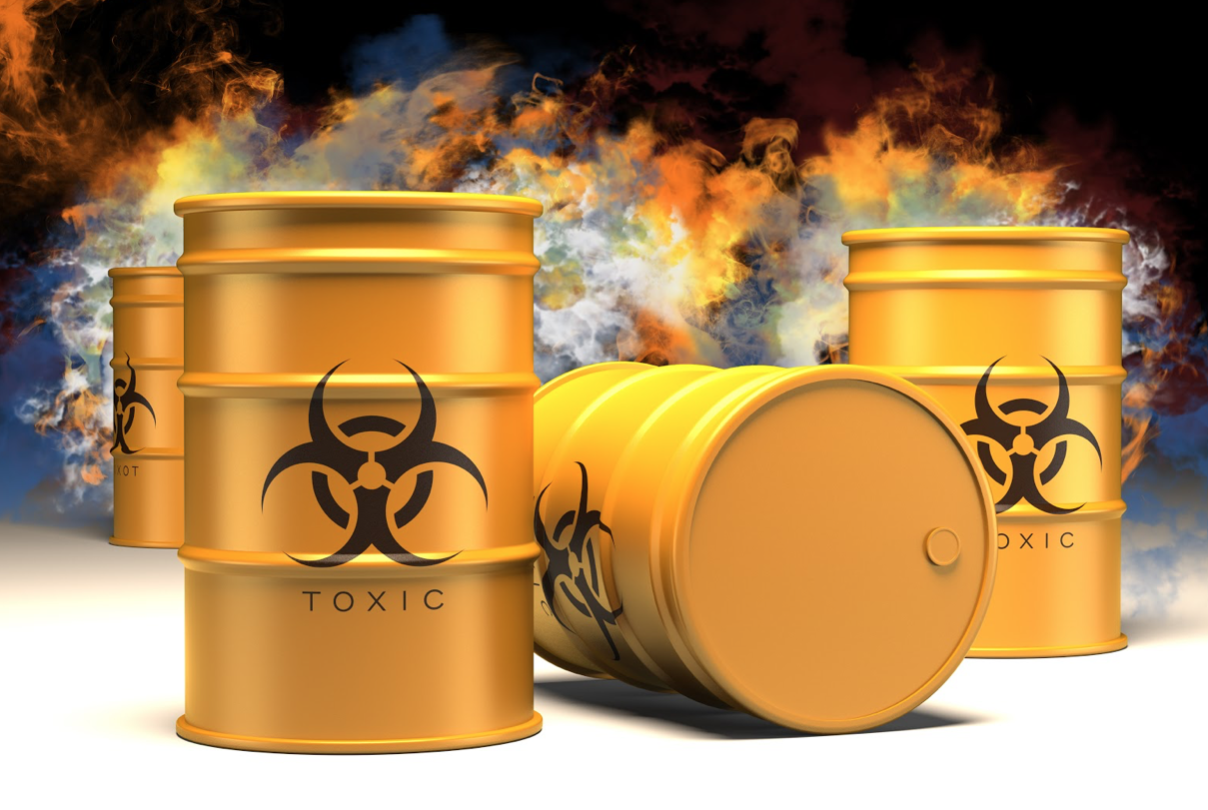
In 2006 I was a young officer commanding a troop of 36 soldiers in Kandahar, Afghanistan. There, we were met by the Taliban—a fierce and tenacious enemy with very little to lose and everything to gain. Notwithstanding our vast technological superiority, they were a skilled insurgent force, capable of exploiting our weaknesses.
But one does not need to go to war to find adversaries. Life is full of competition. The crucibles we all face, sometimes as individuals and sometimes as teams, often involve competition with something, someone, or some group. History is replete with such rivalries: Napoleon and Nelson, the Leafs and the Canadiens, the Edmond Fitzgerald and the premature gales of November, the Coyote and the Road Runner—the list is endless. The most rewarding things we pursue often mean overcoming an adversarial force.
Life provides us with ample adversaries. And those who are ambitious, entrepreneurial, or innovative will likely encounter more than their fair share. To overcome such challenges, we often need to depend on the strength and unity of our teams. Teams are at their best when everyone is working harmoniously and toward a common purpose. And in today’s competitive environment, that could be the difference between success or failure. In Kandahar, team effectiveness was often the difference between life and death.
So why do so many people work so hard at turning actual or potential teammates into adversaries? Many teams are plagued by toxic agents—certain destructive individuals or cliques within the team. In addition to causing harm to individual victims, these toxic agents undermine the effectiveness of the team.
Are you knowingly or unknowingly aiding the spread of toxicity in your team?
Let’s find out:
Are you destructive toward your colleagues?
Toxic agents are destructive. Under the guise of humour or sarcasm, they try and generate a cheap laugh at the expense of their colleagues. Toxic agents also make harmful judgments based on things like gender, race, caste, religion, or sexual orientation. Such destructive behaviours create division and disunity amongst the team. Whatever other strengths such toxic agents may bring to the team are seldom worth the destruction they leave in their wake.
Are your behaviours reflective of an inferiority complex?
Triggered by a self-perceived, self-perpetuating, envy-fuelled inferiority complex, toxic agents feel discomfort when they see other colleagues excel. These toxic agents cannot tolerate this performance imbalance. So what do they do? Instead of feeling inspired and upping their own game, they actively strive to bring others down through discouragement, gossip, and lies. Eager to see their colleagues fail, they hoard information and resources for themselves.
Are you willing to sacrifice individual reward in service of the team?
Toxic agents focus on their own success. They use those around them to advance their personal agenda. They see their colleagues as tools to be used and abused. They are chiefly motivated by personal gain, which is typically something extrinsic like money or stature. Instead of serving the team, toxic agents serve themselves.
In the military, there is a common saying, “The standard one walks by is the standard one accepts.” If team members allow these toxic agents to continue spreading their poison, three perilous things will inevitably occur. First, that individual’s toxic behavior will continue, leading to more victims and more disunity. Second, a lack of corrective action will tacitly suggest to other team members that such toxic behavior is permitted, thereby potentially causing that behavior to be replicated by other team members. Third, high performing team members will become discouraged by such a tolerance for the poison and seek to disassociate themselves from it.
So what now?
Follow these three steps to target and crush the toxicity:
Step 1: Determine if you are the problem.
If you possess rudimentary self-awareness and knowingly act as a toxic agent anyway, then your team is better off without you. For the team’s sake, the sooner they realize that, the better. If you are only now realizing that you might be a toxic agent, then consider this a wake-up call. Sooner or later, your team will probably come to its senses.
Step 2: Actively crush the toxic agents within your sphere of influence.
Hold yourself and those around you accountable to high standards of behaviour. If you are aware of the toxicity and simply standby, you are part of the problem. These toxic behaviors need to be quashed. Fast, with force, and without remorse. All team members and leadership must be willing to hold each other accountable for high standards of performance and behavior. This may sound simple, but a fear of interpersonal conflict leads many to avoid doing it.
Step 3: Be the change you want to see.
Be someone people want to be around. Know that a quick word of encouragement is more powerful than a pejorative jab. When colleagues are down, lift them up and propel them higher.
As individuals and as teams, we all need to contend with adversarial forces. Whether it’s a fierce enemy, a competing business, mother nature, a dangerous idea or ideal, a wicked problem, or something else entirely, we will all find ourselves and our teams up against something. In this complex and chaotic milieu, there’s no point in creating or tolerating the needless division brought on by toxic agents.
At the Gasparotto Group, we help teams target and crush external and internal threats within their operating environments. For more information about what we can do for you and your team, check out our programs at www.gasparotto.co.
Written by Anthony Robb
Gasparotto Group partners with organizations to help them create and nurture cultures that develop highly effective leaders and build strong, resilient teams.